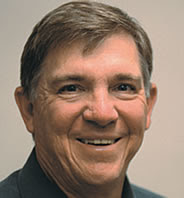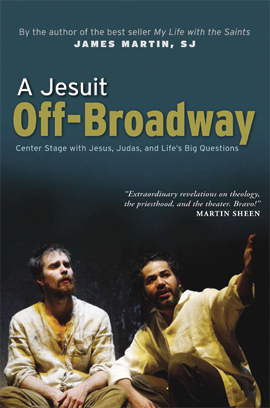
"Liberty,"
by Garrison Keillor
Before another Fourth of July comes around, give Garrison Keillor permission to tickle your funny bone.
"Liberty" will test your housemates' willingness to allow you to laugh aloud for extended periods without calling for the men in the white jackets.
It's the story of an Independence Day celebration -- and the preparation for the big event -- in Lake Wobegon, the fictional Minnesota hamlet Keillor has made famous on public radio's "A Prairie Home Companion" show.
Those familiar with Keillor's weekly monologue will recognize many of the characters.
The hero of this fun read is mechanic Clint Bunsen. He's the architect of one of the most successful Fourth of July parades in the nation, but he's bruised a few egos along the way, and some of the townsfolk are out to depose him.
Some don't like, for example, that he's thrown out the cavalcade of farmers driving their John Deeres down Main Street and replaced them with more exciting acts -- the St. Cloud Shriners Precision Rider Mower Unit, for example -- and they are out to get Clint even though he's made Lake Wobegon's Fourth so spectacular that CNN is sending a crew to cover it for the second straight year.
No good deed goes unpunished
In typical Lake Wobegon fashion the culture of the town won't allow room for an individual to enjoy too much success, and no idea is ever allowed to be presented without its downside casting a dark shadow over any potential good outcome.
Keillor has the naysayers down pat.
In a lovely passage that describes those who accuse Bunsen of being a tyrant as he chairs the parade committee, Keillor's familiarity with Scripture and his insight into human frailty burst off the page:
"If they had been at the Sermon on the Mount when Jesus brought forth the miracle of the loaves and fishes, they would've thought, 'Did he wash his hands. Where are the napkins? How long was that fish cooked?'"
Sound familiar?
Fair warning: Keillor's imaginative libido has his hero stumbling off the marital-fidelity track, and some readers may be offended by some of the frank and explicit language in this Viking book.
On the whole, though, "Liberty" offers a commentary on humanity that points society in the right direction by shining a spotlight on those times when we and our neighbors fail to be all that the creator gave us the potential to be.
And it's hilarious. -- bz




